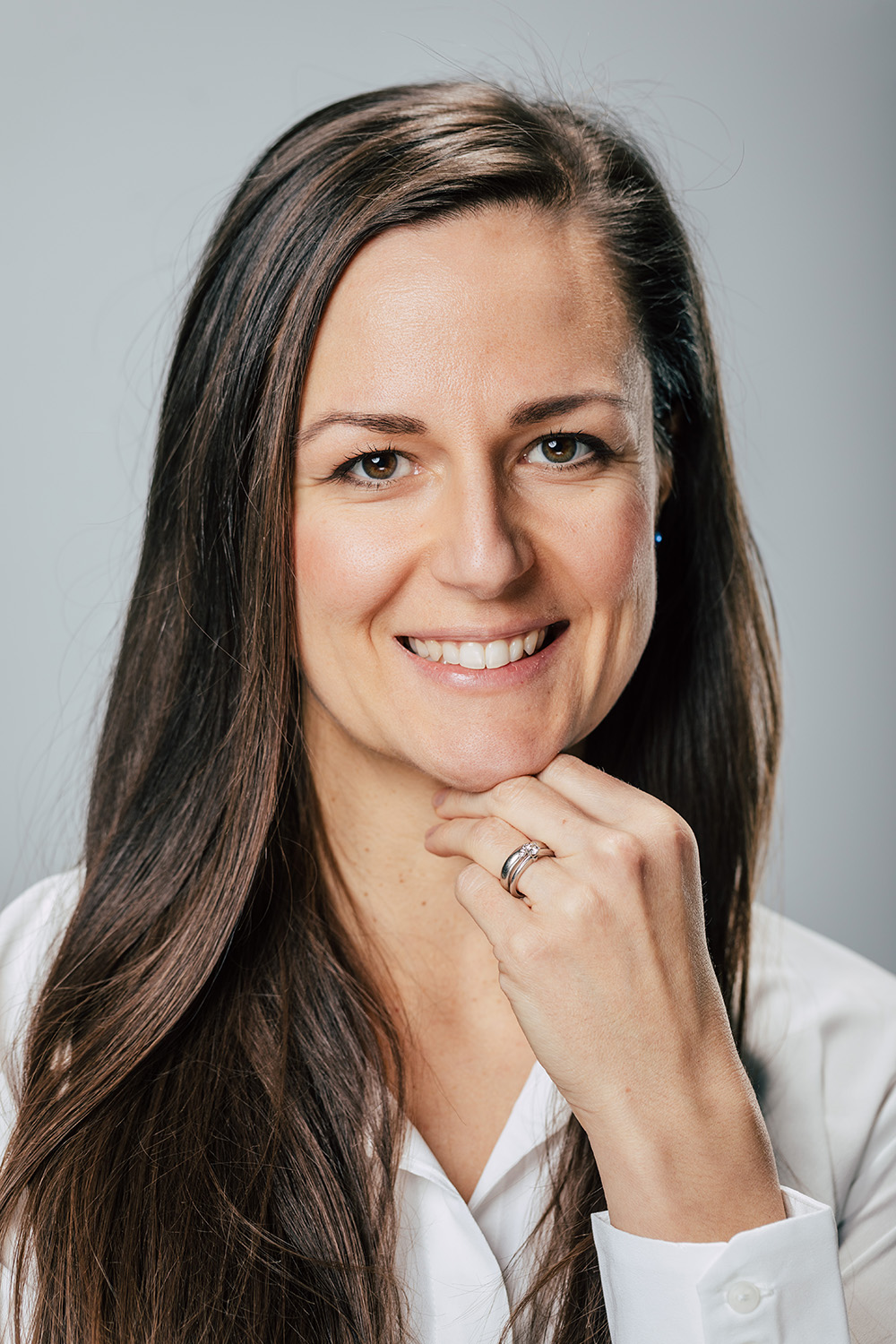PRP (Platelet-Rich Plasma) therapy
About
PRP (Platelet-Rich Plasma) therapy uses the patient’s own blood plasma, enriched with platelets, to stimulate the healing of musculoskeletal tissue. In orthopedics, it is most commonly used to treat painful tendon, ligament, and joint conditions – especially tendinopathies, ligament injuries, and early-stage osteoarthritis. Platelets release growth factors that reduce inflammation, relieve pain, and accelerate tissue repair. Since PRP uses the patient's own blood, it is a natural, safe, and well-tolerated treatment.
Candidate
PRP therapy is recommended for people suffering from chronic pain such as tennis elbow, jumper’s knee, shoulder impingement, plantar fasciitis, or early arthritis of the knee, hip, or shoulder. It’s also suitable for partial ligament injuries not requiring surgery. It is ideal for patients seeking to avoid surgery or who haven’t improved with conventional therapy. PRP is not recommended for those with acute infections, blood clotting disorders, cancer, or those taking blood thinners.
Preparation
Avoid anti-inflammatory medications (like ibuprofen or diclofenac) for at least 5 days before treatment, as they can interfere with platelet function. Stay hydrated and eat a light meal the day before. Fasting is usually not required unless instructed. Inform your doctor of any medications and health conditions. Comfortable clothing is recommended, especially if the lower limb will be treated.
Treatment
A small amount of blood is drawn from the patient and processed in a centrifuge to isolate the platelet-rich plasma. The PRP is then injected into the injured tendon, ligament, or joint – sometimes under ultrasound guidance. The procedure takes about 30 minutes, is performed on an outpatient basis, and does not require anesthesia. Some discomfort may occur during or after the injection, but serious side effects are rare.
Result
PRP supports natural tissue healing, with effects becoming noticeable in 2 to 6 weeks. Patients usually experience pain relief, improved mobility, and enhanced joint or tendon function. Some may need only one treatment, others two or three. The benefits can last for months or longer, especially when combined with physical therapy and lifestyle changes.
Precautions
Rest the treated area for at least 24 hours. Avoid heavy physical activity, sports, or lifting for 3–5 days. Mild swelling, tenderness, or pressure may occur and should subside quickly. Avoid anti-inflammatory medications for several days after the injection. Ice packs can help relieve discomfort. A follow-up visit is usually advised 1–2 weeks post-procedure.
F.A.Q.
Both use the patient’s own blood, but they differ in how the blood is processed and in the concentration of platelets. PRP generally contains a higher concentration of platelets and may include more plasma proteins beneficial for healing.
Usually between 1 and 3 sessions, depending on the severity and location of the injury.
The injection may cause brief discomfort or pressure at the site, but most patients tolerate the procedure well without the need for anesthesia.
Improvements typically begin within 2 to 6 weeks after the treatment, as the tissue begins to regenerate naturally.
In some cases, yes. PRP can delay or eliminate the need for surgery, especially for partial injuries or early-stage arthritis.
Yes. Since it uses your own blood, there is a very low risk of allergic reactions or complications.
Absolutely. Combining PRP with physical therapy or exercise programs often leads to better and faster results.
Results may last from several months up to a year or more, depending on the condition being treated and the patient’s activity level.
The risk is minimal, especially when the procedure is done in a sterile medical environment using proper technique.
Patients with active infections, blood clotting disorders, or cancer are not suitable candidates for PRP therapy.

Send an inquiry for the treatment
Start your way towards a successful treatment today. Fill out the form with your data, choose the service you need and we will connect you with the top medical experts in Zagreb.